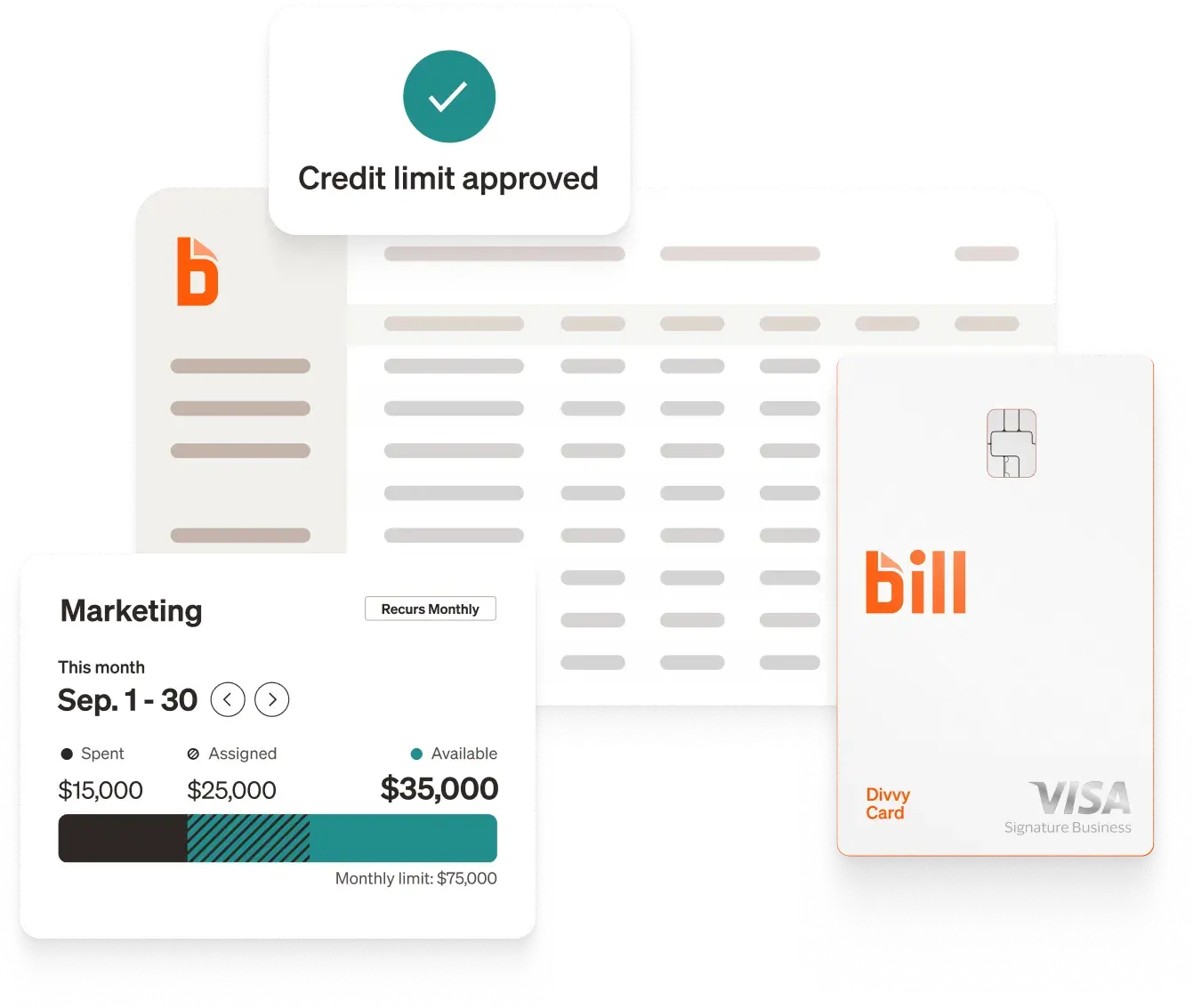Planning corporate travel doesn't have to drain your budget or your time. The right approach can turn those business trips into strategic investments that drive growth.
This article shows you how to cut costs, save time, and keep your travelers happy, with proven strategies that work for any budget—whether you're managing travel for 10 employees or 10,000.
What is corporate travel planning?
Corporate travel planning is the systematic approach to managing all aspects of business travel, balancing cost control with employee needs while maintaining compliance. It includes everything from creating policies to booking trips, managing expenses, and ensuring employee safety.
The process involves coordinating flights, hotels, ground transportation, and meals within budget constraints. It also means tracking expenses, managing receipts, and ensuring travelers follow company policies. Most importantly, it includes a duty of care—keeping employees safe and supported throughout their journeys.
Why effective corporate travel planning matters
Smart travel planning directly impacts your bottom line. Companies with structured programs typically see significant savings on travel expenses compared to those without, thanks to negotiated rates, policy compliance, and better spending visibility.
Beyond cost savings, good planning boosts employee satisfaction and retention. Corporate travelers who experience smooth bookings and quick reimbursements spend less time dealing with travel-related headaches and more time on the business objectives that justify their trips.
The role of a corporate travel planner
In large companies, dedicated travel managers oversee the entire program from policy to execution and may even hire a travel management company to take over some of the day-to-day management of the corporate travel program.
Whether internal or external, corporate trip planners negotiate with vendors, manage travel technology, and ensure compliance across departments. These business travel management specialists often save their salaries many times over through strategic cost management.
Smaller companies typically assign travel arrangements to office managers, finance teams, or executives. The key is centralizing responsibility for the company's travel policy rather than leaving each employee to figure it out alone. This creates consistency, captures volume discounts, and ensures someone monitors the overall travel budget.
Best practices for corporate travel planning
These foundational practices can help business travel planners create an efficient business travel program that controls costs while making things easier on your travelers, too.
1. Develop a comprehensive travel policy
Your travel policy sets expectations and boundaries before trips begin. Start with clear booking procedures—who can book, through which channels, and with what approval requirements. Specify preferred booking windows while allowing documented exceptions.
Set spending limits that reflect real-world costs in your common destinations. A reasonable hotel limit that works in smaller cities might prove impossible in Manhattan. Include meal allowances, ground transportation options, and guidance on client entertainment expenses.
Keep your policy readable and accessible. Use clear headings, real examples, and a section with FAQs to address common scenarios. Remember, your travel policy isn't a "one and done." Make sure it evolves with changing travel patterns and costs by reviewing it on a regular cadence.
2. Use advance booking windows and templates
Booking domestic flights several weeks ahead typically yields the best prices. International flights need even more advance planning for optimal rates. Build these windows into your approval processes to capture savings automatically.
Create templates for recurring trips to streamline booking. If your sales team visits the Chicago office monthly, consider standardizing the flight times and hotel selection. This reduces decision fatigue and can capture volume benefits.
3. Create traveler profiles and preferences
Detailed traveler profiles transform booking from a chore into a quick task. Capture seat preferences, loyalty numbers, dietary restrictions, and passport details in a secure central system. This eliminates repetitive data entry and reduces booking errors.
Update profiles quarterly or after major trips. Regular updates can help catch expired passports and TSA PreCheck renewals before they cause problems.
4. Establish preferred vendor programs
Select vendors based on total value, not just base prices. Consider location coverage, service quality, traveler reviews, and corporate perks. A slightly higher room rate might include free breakfast, significantly reducing meal expenses.
Track and review vendor performance through both employee feedback and data analysis. If your preferred airline consistently delays the morning shuttle, it might be time to reconsider. Regular reviews keep your program aligned with your travelers' needs.
Communicate vendor benefits clearly to boost adoption. When travelers understand the perks—like dedicated phone support and free upgrades—they're more likely to book within the program.
5. Streamline your approval system
Design approval workflows that protect budgets without creating bottlenecks. Set pre-approved limits that let employees book their travel without additional signatures. For example, routine trips might need no approval, while expensive international travel might require executive sign-off.
Build automatic escalation into your travel planning process, too. If a manager doesn't respond within 24 hours, the request moves up the chain. This keeps travel plans from stalling out while maintaining oversight for significant expenses.
6. Educate and communicate with travelers
Launch new travel policies with explanations, not just announcements. Host brief training sessions to demonstrate how your policies benefit travelers, such as free upgrades from preferred hotels. People are more likely to embrace change when they see how it benefits them.
It also helps to create quick reference guides for common scenarios. A one-page PDF covering "How to book a last-minute trip" or "What to do when flights cancel" provides instant help. Make these guides mobile-friendly for easy access during travel.
7. Plan for emergencies and disruptions
Create clear communication protocols for travel disruptions. Travelers should know exactly who to contact when flights are canceled or weather strikes. Include multiple contact methods to ensure connectivity.
For serious emergencies such as medical issues, natural disasters, or security threats, document procedures designed first and foremost to keep your employees safe. Include local emergency numbers, nearest hospitals, and embassy contacts for international destinations.
The key is to build flexibility into your policies so they can handle disruptions without adding to the problem. Pre-authorize travelers to book alternative flights or extend hotel stays when stranded. Clear spending authority prevents paralysis during stressful situations.
Tools and technologies for efficient travel management
The right technology stack can eliminate spreadsheets and email chains, replacing them with travel management platforms that handle everything from booking to expense reporting seamlessly.
Integrated travel and expense platforms
Integrated platforms revolutionize travel management by connecting booking with expense tracking. When employees book trips, the system automatically creates expense reports with proper coding. This cuts out a significant amount of manual data entry, which also reduces the chance of error.
When booking and expense handling are connected, policy compliance happens before the expense is incurred, not after. The system only shows in-policy options, preventing awkward reimbursement denials weeks later, and travelers see their budgets in real time, helping them make informed choices.
Mobile-first traveler experience
Today's business travelers expect consumer-grade mobile experiences. One-tap expense capture using phone cameras puts receipts right where you need them, without the need to stuff receipts into a flight bag and rummage through them later.
Real-time notifications keep travelers informed and empowered. Flight delays, gate changes, and upgrade opportunities appear immediately, and mobile rebooking options turn lengthy phone calls into quick digital tasks.
Advanced analytics and spend intelligence
Data analytics transform travel programs into proactive expense management. Predictive budgeting uses historical patterns to forecast future costs accurately, so seasonal trends, rate changes, and travel patterns can inform better planning.
Vendor scorecards track performance beyond just cost. On-time rates, traveler satisfaction scores, and problem resolution speeds inform vendor decisions. This comprehensive view ensures you're optimizing for value, not just price.
Managing costs and ensuring compliance
Cost control comes naturally when employees have the right tools and clear guidelines. Smart systems create an environment in which cost-effective choices become the obvious choices.
Implement pre-trip cost controls
Virtual cards with set limits provide control without micromanagement. Set spending limits by the department, the individual, or any budgeting system you prefer, and prevent overspending automatically. With your policies baked into your managed budgets, you can control expenses before they happen.
These upfront controls are better for everyone than expense report rejections, saving your finance team the pain of awkward conversations around refusals and saving your employees from the uncertainty and expense of non-reimbursable spending.
Automate compliance monitoring
Automated systems catch compliance issues before they become problems. Receipt matching happens instantly when expenses are submitted—you can even set the system not to accept expenses until receipts are added and categories are filled out. Missing documentation triggers a prompt reminder while the details are fresh and the receipt is still in the traveler's hands.
Need even more control? The right digital expense solution will let you freeze spending on an employee's travel card until they add those missing receipts.
Create a culture of conscious spending
Transform cost consciousness from restriction to empowerment. By setting budget and policy limits that are enforced automatically, your finance team doesn't have to oversee employee spending. Instead, the system enforces it for you, and employees are free to make their own choices about their travel budget as long as those choices fall within your policy limits.
Measure true ROI beyond cost savings
Calculate a comprehensive ROI that goes beyond cost savings by including time saved across the organization. Track your finance team's efficiency gains as well as the estimated time each traveler saves per trip, multiplied by your trip volume. A system that can scale travel without adding headcount will often pay for itself.
Another great way to capture "softer" ROI metrics is to track traveler satisfaction scores alongside financial data. Happy travelers are productive travelers who build better client relationships, and a great travel program can even have a positive effect on employee retention.
Travel smarter with BILL
BILL combines trip planning, travel booking, expense management, and spend controls in one integrated platform. Book flights, hotels, and transportation through TravelPerk while automatically enforcing policies and seamlessly capturing receipts. The system eliminates manual expense reports and reaps those card* rewards for your bottom line.
With the right travel management platform, you can keep detailed itineraries organized and manage travel costs proactively in one comprehensive solution.
See what our customers have to say
“It’s the accountability of the card holders. That’s the biggest advantage of BILL Spend & Expense, the instant access to budgets that fosters accountability.” – Stevens Trucking
“I think BILL Spend & Expense is the best expense tracking system I have ever used. It makes assigning spend to categories fun (if you can believe it!) and easy. I've used a few very tedious systems in my past and it took hours to finish an expense report. I would dread the deadline every time. But with BILL Spend & Expense, the way it prompts you to categorize as you go and take a quick photo of a receipt allows you to complete your expense report on the fly.” — Vermont Flannel








